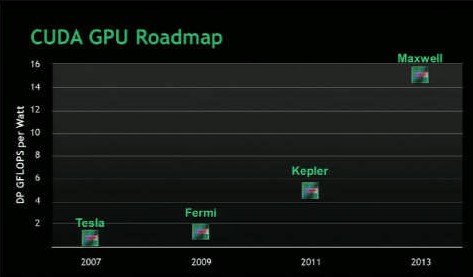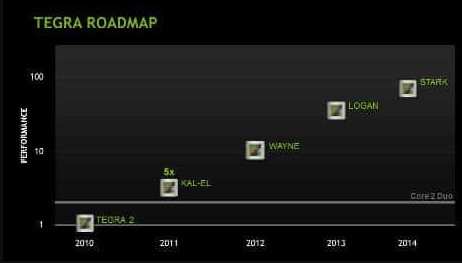While much attention is (rightly) focused on the role of TSMC (and its rivals Samsung and Intel) in “leading edge” semiconductor technology, the opportunity at the so-called “lagging edge” — older semiconductor process technologies which continue to be used — is oftentimes completely ignored.
The reality of the foundry model is that fab capacity is expensive to build and so the bulk of the profit made on a given process technology investment is when it’s years old. This is a natural consequence of three things:
- Very few semiconductor designers have the R&D budget or the need to be early adopters of the most advanced technologies. (That is primarily relegated to the sexiest advanced CPUs, FPGAs, and GPUs, but ignores the huge bulk of the rest of the semiconductor market)
- Because only a small handful of foundries can supply “leading edge” technologies and because new technologies have a “yield ramp” (where the technology goes from low yield to higher as the foundry gets more experience), new process technologies are meaningfully more expensive.
- Some products have extremely long lives and need to be supported for decade-plus (i.e. automotive, industrial, and military immediately come to mind)
As a result, it was very rational for GlobalFoundries (formerly AMD’s in-house fab) to abandon producing advanced semiconductor technologies in 2018 to focus on building a profitable business at the lagging edge. Foundries like UMC and SMIC have largely made the same choice.
This means giving up on some opportunities (those that require newer technologies) — as GlobalFoundries is finding recently in areas like communications and data center — but provided you have the service capability and capacity, can still lead to not only a profitable outcome, but one which is still incredibly important to the increasingly strategic semiconductor space.
When GlobalFoundries abandoned development of its 7 nm-class process technology in 2018 and refocused on specialty process technologies, it ceased pathfinding, research, and development of all technologies related to bleeding-edge sub-10nm nodes. At the time, this was the correct (and arguably only) move for the company, which was bleeding money and trailing behind both TSMC and Samsung in the bleeding-edge node race. But in the competitive fab market, that trade-off for reduced investment was going to eventually have consequences further down the road, and it looks like those consequences are finally starting to impact the company. In a recent earnings call, GlobalFoundries disclosed that some of the company’s clients are leaving for other foundries, as they adopt sub-10nm technologies faster than GlobalFoundries expected.

GlobalFoundries: Clients Are Migrating to Sub-10nm Faster Than Expected
Anton Shilov | Anandtech



